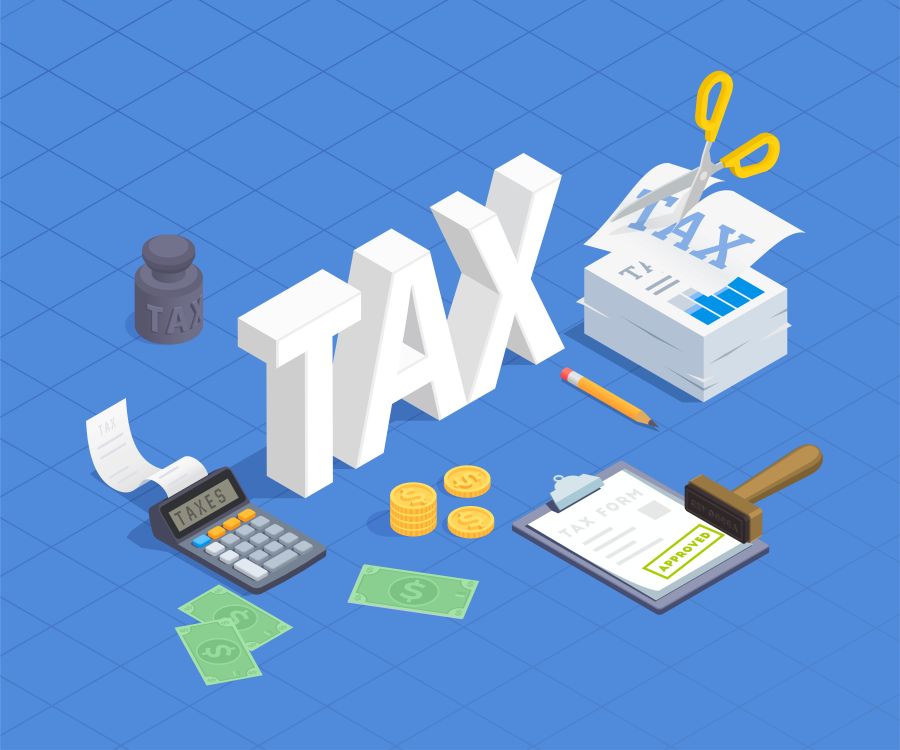.jpg)
Starting a side hustle can be exciting. You get to earn extra money, explore a passion, or test a business idea before committing fully. It can give you control over your time and income, and maybe even lead to something bigger in the future.
At the same time, a side hustle comes with new responsibilities. Managing your time, staying organised, and keeping on top of tax rules can feel overwhelming. The key is to start small, plan carefully, and set yourself up properly from day one.
Why start a side hustle?
A side hustle offers flexibility and freedom that a regular job often cannot. You can develop new skills, explore different interests, and supplement your income.
Some people start side hustles to save for a goal or pay off debts. Others enjoy the creative outlet or the challenge of running their own mini business. Even a few hours a week can make a noticeable difference to your finances and confidence.
Choosing the right side hustle
Not every side hustle fits every lifestyle. The best ideas are realistic, enjoyable, and low risk.
Ask yourself:
- How much time can I realistically commit each week?
- What skills or interests can I use?
- How much money am I willing to invest upfront?
- Could this idea grow if I wanted it to?
Examples of popular side hustles include:
- freelancing,
- consulting,
- tutoring,
- coaching,
- selling handmade or digital products,
- and offering pet care or other flexible services.
A good side hustle is one you can sustain over time and actually enjoy doing.
Starting your side hustle
Once you have an idea, it is time to set up the basics.
A simple checklist to launch your side hustle:
- Pick an idea that fits your skills and schedule. There's no point starting something you can't commit to.
- Check your employment contract for restrictions. Occasionally you might find that your contracts prohibits you from working in certain industries or markets.
- Open a separate bank account for your side hustle income. Not essential, but it really does make it so much easier when it comes down to your Self Assessment.
- Track income and expenses from day one. You don't want to get to the Self Assessment deadline and have to hunt for income and expenses.
- Register for Self Assessment if required.
- Plan your time so you can work sustainably.
Consistency is more important than speed. Even small, steady progress will pay off over time.
Balancing employment and self-employment
It is common to be both employed and self-employed, but it requires organisation. Your main salary is taxed through PAYE, while side hustle income is not. You will need to report and pay tax on this income yourself through Self Assessment.
Check your employment contract before starting. Some employers restrict outside work, especially if it overlaps with your main role or uses company resources. Being transparent helps prevent conflicts.
Managing your time is critical. Set clear hours for your side hustle and keep downtime for yourself. The goal is to add value to your life, not create extra stress.
Growing your side hustle
As your side hustle earns regularly, look for ways to improve and scale. Reinvest some profits into tools, software, or professional help. Consider outsourcing smaller tasks so you can focus on what matters most.
If your earnings increase, you might explore changing your business structure. Operating as a Limited Company can provide tax advantages and a professional image. Seek advice before making this change to ensure it is the right step.
Avoiding common mistakes
A side hustle can become stressful if you are not organised. Common issues include disorganised finances, missed deadlines, and overcommitting your time.
Tips for avoiding problems:
- Treat your side hustle like a business from the start
- Keep clear records of income and expenses
- Set aside money for tax
- Review regularly whether your effort matches the reward
The goal is to make your side hustle work for you, not the other way around.
Staying on top of money and tax
When you start earning, keep detailed records. Income, expenses, and invoices should all be logged. If your total untaxed income from your side hustle is more than £1,000 in a tax year, you must register for Self Assessment.
Allowable expenses that can reduce your tax include:
- Software or subscriptions.
- Equipment or materials.
- Marketing or advertising costs.
- Travel for work purposes.
A separate bank account for your side hustle makes it easier to track income and expenses. Bookkeeping software (like Crunch’s) can simplify this further and help you file your tax return with confidence.
The truth about passive income
Passive income is often described as effortless, but most side hustles require work. Creating digital products, online courses, or affiliate websites takes time to set up and maintain.
Think of passive income as scalable income. You put in the work once and it continues to generate value over time. The initial effort is not small, but it can pay off if you plan and maintain it properly.
So is it worth it?
A side hustle can provide extra income, new skills, and greater flexibility. Done right, it is both rewarding and sustainable.
Stay organised, keep finances separate, plan your schedule, and be realistic about the effort involved. With patience and structure, your side hustle can boost your earnings and open opportunities you never expected.

.svg)




